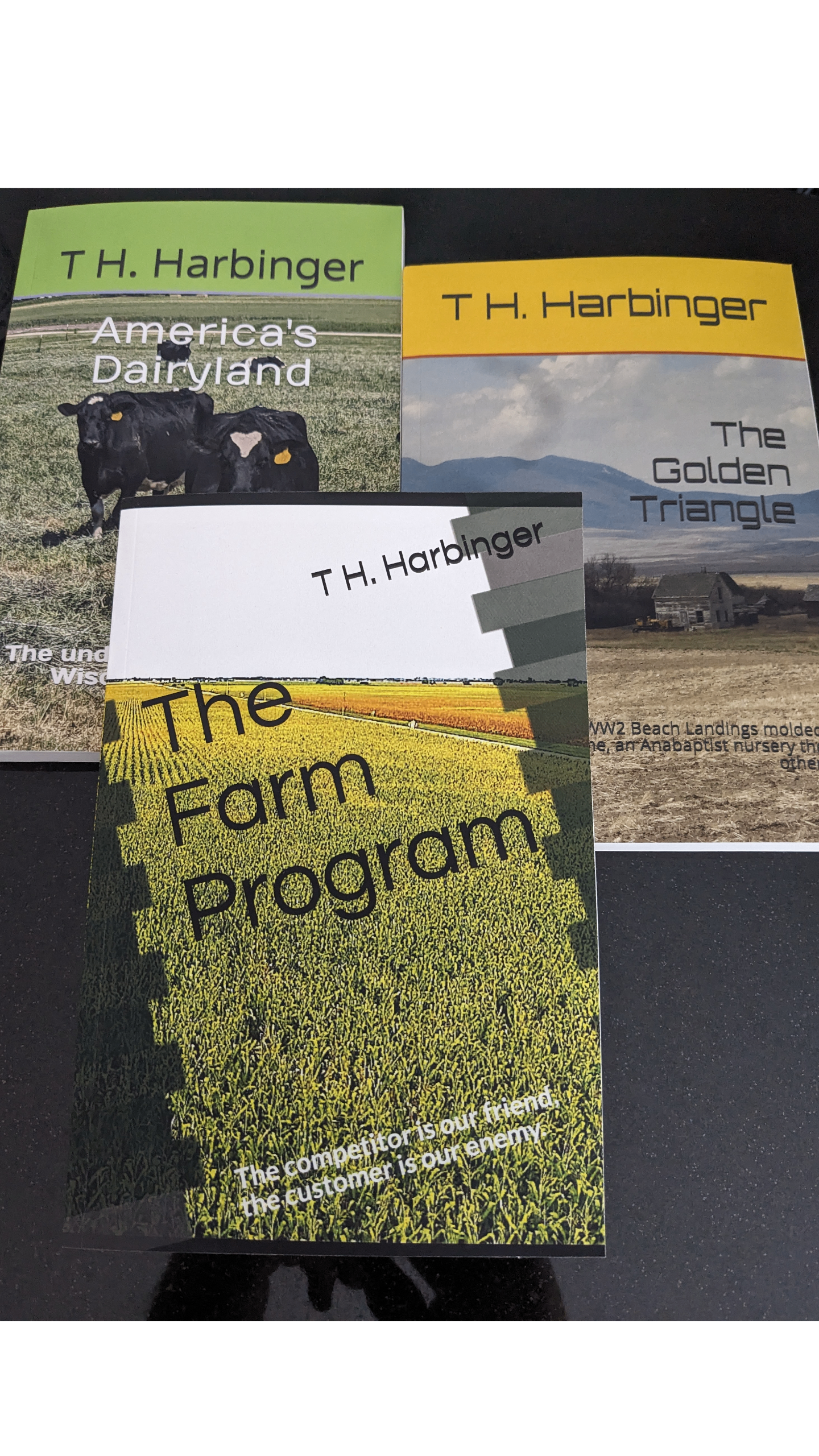“Sweet Truths: Unraveling the Fructose Connection in American Food”
“The Farm Program” by T.H. Harbinger, published by Insights on Innovation (https://www.insightsoninnovation.net), delves into the intricate details behind this transformation, shedding light on the rise of fructose in American food and its connection to the practices of Big Agriculture and the USDA.

The Rise of Fructose: A Nutritional Evolution
During the 1970s, high fructose corn syrup (HFCS) emerged as a cost-effective alternative to sugar, finding its way into various processed foods. This shift is well-documented in studies such as the research published in the American Journal of Clinical Nutrition [1]. As HFCS became more prevalent, so did concerns about its health implications.
Studies, including those from the Journal of Nutrition [2], have linked excessive fructose consumption to obesity and related health issues. These findings reflect the broader concern about the impact of increased fructose intake on public health.
Big Ag and USDA: Understanding the Dynamics
The relationship between Big Agriculture and the USDA has shaped agricultural policies and influenced food production. Government reports like those from the USDA [3] outline the subsidies and regulations that have favored corn production, indirectly contributing to the prevalence of HFCS in the American diet. Understanding these policies is crucial to comprehend the factors that have influenced the availability and affordability of high fructose corn syrup.
"The Farm Program" by T.H. Harbinger: A Comprehensive Insight
"The Farm Program" provides an in-depth analysis of these interconnected factors, relying on verifiable data and research studies. The story is told through the eyes of a University of Illinois professor and his wife. Together, they worked for over 30 years to improve the quality of corn grown and exported from the Midwest. Their work was sidetracked dozens of times by American corporations wanting cheap prices for commodities. By examining the synergy between agricultural policies, food industry practices, and nutritional trends, the book offers readers a comprehensive understanding of the fructose-laden reality of American food.
Taking Informed Action: A Call for Awareness
Armed with knowledge, consumers can make informed choices. By referencing reliable sources such as the Centers for Disease Control and Prevention (CDC) [4], individuals can gain insights into healthy dietary practices and make conscious decisions when it comes to food selection. Supporting initiatives that promote nutritional education and sustainable farming practices can further drive positive change.
"The Farm Program" serves as a catalyst for awareness, encouraging readers to critically evaluate the information they encounter and make decisions based on well-researched facts. Through education and collective action, we can foster a food environment that prioritizes health and well-being.
To explore the eye-opening revelations in "The Farm Program" by T.H. Harbinger, visit Insights on Innovation.
References:
[1] Johnson RK, Appel LJ, Brands M, et al. (2009). "Dietary Sugars Intake and Cardiovascular Health: A Scientific Statement From the American Heart Association." American Heart Association.
[2] Bray GA, Nielsen SJ, Popkin BM. (2004). "Consumption of high-fructose corn syrup in beverages may play a role in the epidemic of obesity." American Journal of Clinical Nutrition.
[3] United States Department of Agriculture. (Various Years). "Agricultural Statistics." USDA.
[4] Centers for Disease Control and Prevention. (2022). "Nutrition, Physical Activity, and Obesity - Data, Trends and Maps." CDC.

